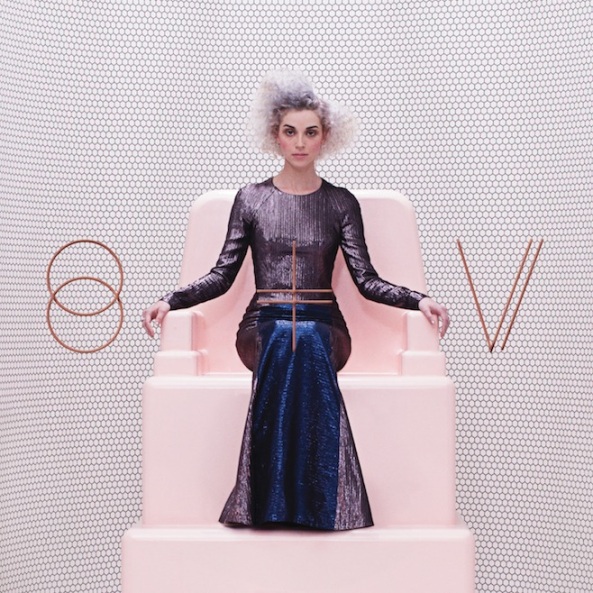A lot has changed since the last time I made Oscar predictions back in late September. So much has been discussed in these few months in fact that I could’ve been making new predictions just about every other week. But then who has the time for that? I’ve been not-so-steadily continuing my Hype Cycle column over at Sound on Sight, charting the rise and fall of these various films, but now that we’ve finally gotten some actual precursors in the bank, it stands to reason that I can make new picks and not wind up with egg on my face for declaring a movie dead when it clearly isn’t. Not so many other Oscar pundits will be so lucky, but I don’t think they’ll mind. An asterisk denotes films I’ve seen.
Best Picture
Likely
- Boyhood*
- Birdman*
- The Imitation Game
- Selma
- Gone Girl*
- Foxcatcher
- Whiplash*
- The Grand Budapest Hotel*
- Unbroken
Possible
- The Theory of Everything*
- A Most Violent Year
- Interstellar*
- American Sniper
- Wild
- Big Eyes
- Nightcrawler*
- Inherent Vice
- Into the Woods
- Top Five
- Turner
- Still Alice
- Citizenfour*
Long Shots
- Vincent
- The Homesman
- Dawn of the Planet of the Apes*
- Love is Strange
- Exodus: Gods and Kings
- Fury*
- The Fault in Our Stars*
- Get on Up
- The LEGO Movie*
- Annie
I should first point out that in just about all of these categories, it’s a safe bet to rule out almost any of the ones I’ve listed as “Long Shots”. If one of these movies show up, expect it to be a surprise to everyone.
With that said, there’s been an awful lot of movement on the charts. The first big shift you’ll notice however is that there’s been a swap between “Boyhood” and “Unbroken”. For Angelina Jolie’s movie, it was the on-paper winner until recently when people actually saw it. Funny how a movie called “Unbroken” now looks so much weaker and easily beaten. Now people are wondering if it can even get in, although it has enough pedigree and is riding its narrative and impressive display most of all. I’d say it can still find a lot of love in the Academy. “Boyhood” on the other hand looked initially like a movie that was just too modest to actually be a front runner. Now everyone can’t stop talking about it, and it’s the unusual front runner in that it seems averse to any sort of real criticism or scandal.
And yet the love has been spread pretty far this year, and the Best Picture race could belong to anyone. “Birdman” and “The Imitation Game” look like the strongest bet based on early awards performance, but I even wonder if anyone truly loves “The Imitation Game” enough to vote for it in the number one spot.
Keep in mind, this applies to all the films. Last year pundits looked pretty silly when “Saving Mr. Banks” found itself on the outs. It was a populist title, but who could honestly call it the best of the year? Can anyone say that about “The Theory of Everything”? Or “Wild”? Or “Big Eyes”?
It’s why I think “Gone Girl” and “Foxcatcher” still look strong, why “Whiplash” is packing a lot of heat and why “The Grand Budapest Hotel” could finally break Wes Anderson into the Best Picture race where he rightfully belongs. If there’s a spoiler among the bunch though, it’s “A Most Violent Year,” which a lot of people haven’t seen yet, but won the National Board of Review prize in a surprise whirl. Continue reading “Updated 2015 Oscar Nomination Predictions”
